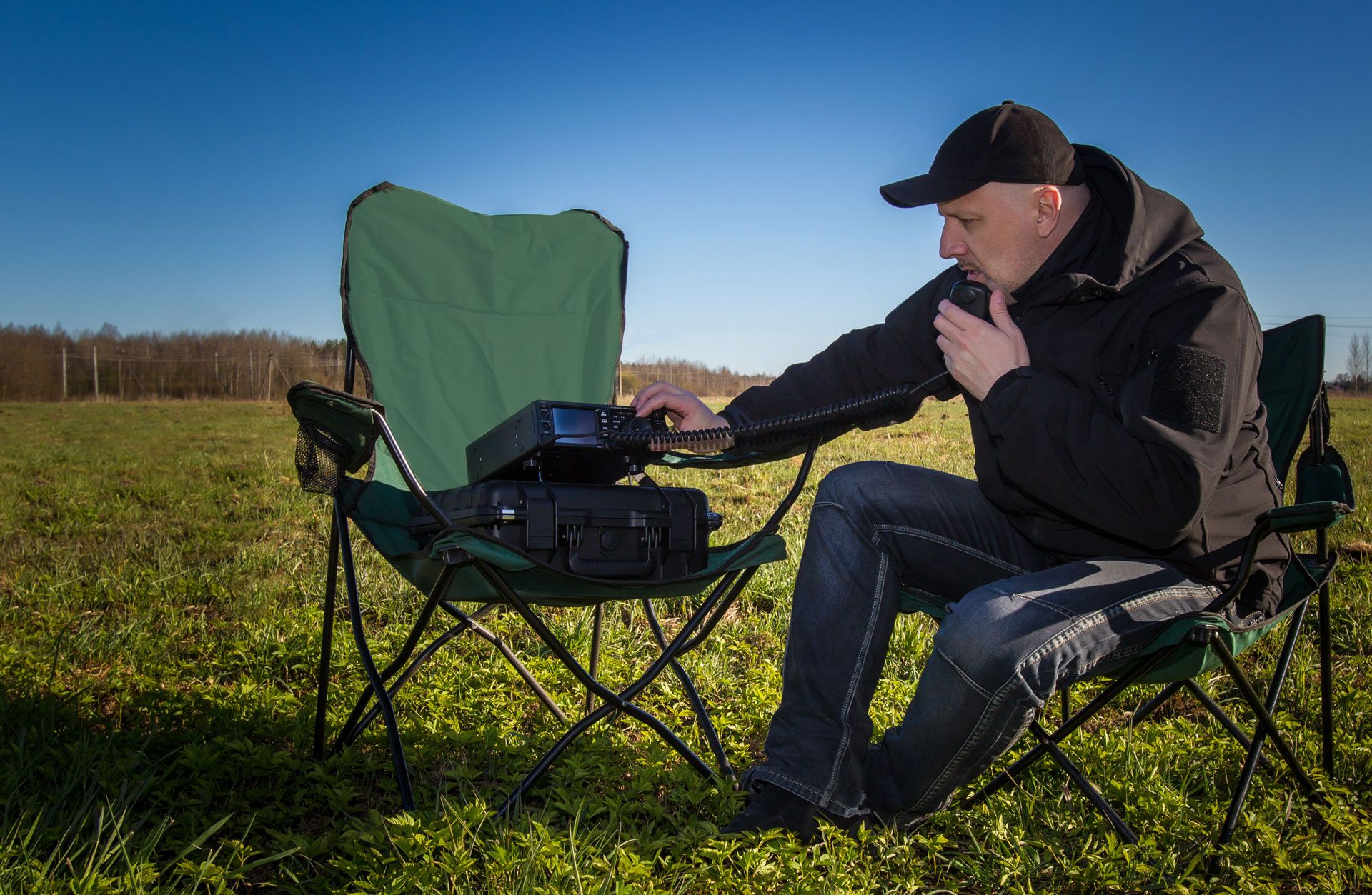
Amateur radio sustains communications and boosts human security
Timothy Ellam KC(VE6SH), President, International Amateur Radio Union
Amateur radio pioneers met in Paris on 18 April 1925 and created the International Amateur Radio Union (IARU) to support their activities worldwide. Since its founding, the IARU has worked tirelessly to defend and expand the frequency allocations for amateur radio.
Thanks to the support of enlightened administrations in every part of the globe, radio amateurs are now able to experiment and communicate in frequency bands that are strategically located throughout the radio spectrum. From 25 countries in 1925, the IARU has grown to include over 160 member societies.
The IARU is a proud and active member of the International Telecommunication Union (ITU), having been admitted to the work of the Consultative Committee on International Radio (CCIR), the forerunner to today’s ITU Radiocommunication Sector (ITU–R), in 1932 and contributing to the work of ITU ever since. Our involvement now extends to being an active participant in the work of ITU’s Development Bureau as well as ITU-R.
Today, amateur radio is more popular than ever, with more than 3 million licensed operators. Notably, ITU has recognized the IARU as representing the interests of amateur radio and its licensees.
People-centred security
On 18 April each year, amateur radio operators around the world take part in World Amateur Radio Day to celebrate the IARU’s founding. This is a day when IARU member societies can show their capabilities to the public and enjoy global friendship with other amateurs worldwide.
This year, the theme is Amateur Radio: Contributing to Human Security for All.
For the first time, the United Nations Trust Fund for Human Security and the World Academy of Art and Science are partnering with the IARU in a campaign to highlight the role that amateur radio plays in addressing the world’s most pressing needs.
“Human security” measures security at the individual level. First introduced by the United Nations in 1994, the concept identifies seven interrelated dimensions of security – economic, food, health, environmental, personal, community and political – that are essential to an individual’s well-being.
Amateur radio is uniquely positioned to address people-centred, context-specific security challenges. It can be a medium for promoting technical knowledge, practical skills, and innovative technology. It also provides backup systems at the community level that can be called upon in times of emergency.
Sustaining communications for all
For many people, today’s world is an insecure place, full of threats on many fronts. Natural disasters, violent conflicts, chronic and persistent poverty, health pandemics, international terrorism, and sudden economic and financial downturns impose significant hardships, undercutting our prospects for sustainable development, peace, and stability.
In a time of crisis, amateur radio services often prove critical for sustaining communications and responding to emergencies. World Amateur Radio Day provides the opportunity to showcase the role of technologies, including amateur radio, in support of UN efforts to advance human security for all.
The IARU is pleased to support the UN-led Human Security for All (HS4A) initiative, along with the UN Sustainable Development Goals. Human security is vital to all of us, and the HS4A campaign will no doubt lead to a more powerful, lasting approach to the most difficult deficits in peace and development.
Between 11 and 25 April, the IARU and its member societies will conduct a special two-week on-the-air event in celebration of World Amateur Radio Day 2023. Special event stations will be operating from around the world, making two-way radio contacts to call attention to the HS4A campaign.
More information on World Amateur Radio Day can be found at www.iaru.org.
Header image credit: Adobe Stock
